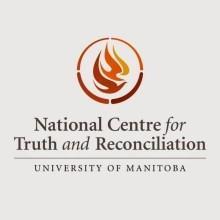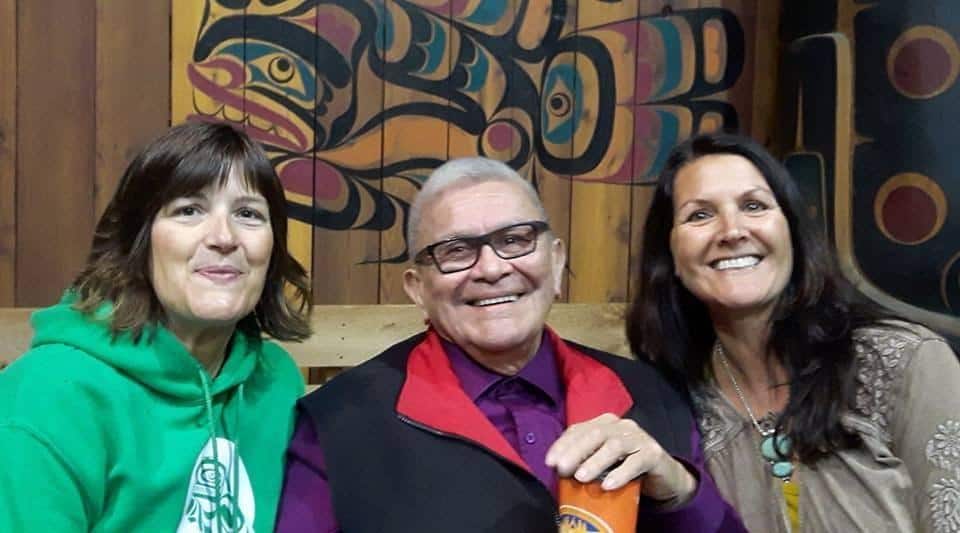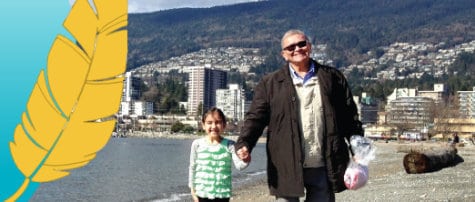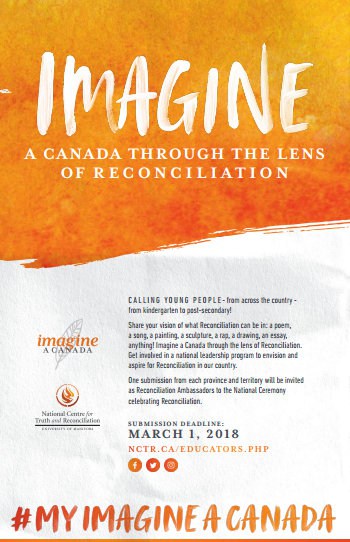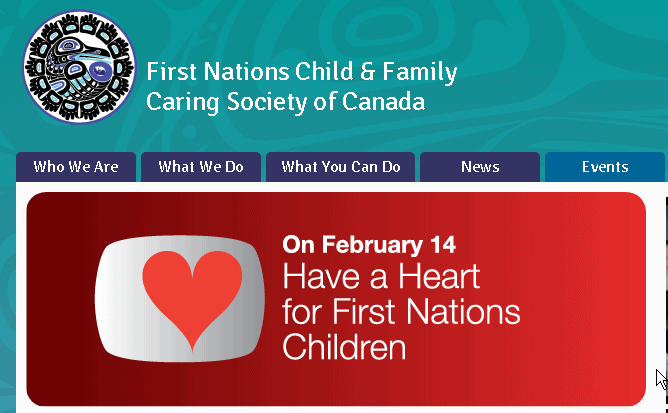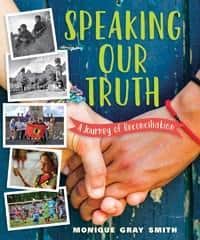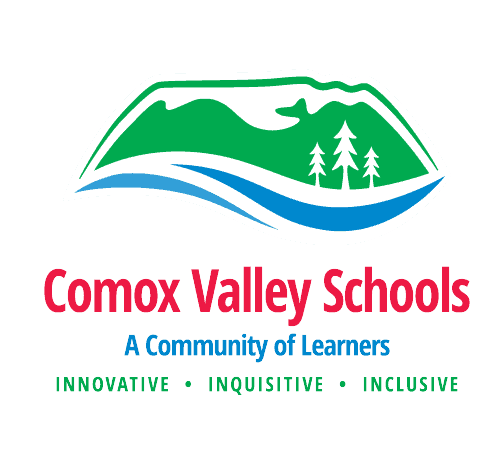Reconciliation
Introduction
Imagine a Canada reconciled. Imagine a Comox Valley reconciled. Imagine your community reconciled.
- What does reconciliation mean to you?
- What does reconciliation look like in the classroom?
- How will you make reconciliation part of your day to day life?
- How can we move forward in a positive way to build a new relationship, between Aboriginal and non-Aboriginal people, and hold each other up?
In May of 2015, the Truth and Reconciliation Commission presented its final report with a list of 94 Calls to Action to improve the lives of Residential School survivors and all Indigenous peoples across Canada.
From CBC Unreserved, check out this article and episode: Wondering how to get involved in reconciliation? Start by asking yourself these 5 questions. Highlights below:
“If you look at the logo of the centre it’s a flame … what that flame represents is that fire of reconciliation that we’ve lit in this country,” said Ry Moran, director of the National Centre for Truth and Reconciliation.
“The question for everybody in this country is what can you bring to that fire? It might be a twig, it might be a log, or it might be a whole bunch of logs, but the idea is to build that fire to as bright, and as strong, and as resilient, and as enduring as possible.”
While many of the calls to action outlined in the TRC report are the responsibility of the Canadian government, Moran says that there are smaller actions that average Canadians can act on.
“One of the most fundamental responsibilities that individuals have is to take that inner journey, that self-reflective journey, and really ask themselves, ‘What really am I carrying around? What prejudices? What biases? Perhaps what racism am I carrying around?'” said Moran.
Click above for background information, teacher’s guide and many resources to use in your classroom.
“The Truth and Reconciliation Commission was formed as a means of reckoning with the devastating legacy of forced assimilation and abuse left by the residential school system. From 2008 to 2014, the commission heard stories from thousands of residential school survivors. In June 2015, it released a report based on those hearings. From that came 94 Calls to Action – individual instructions to guide governments, communities and faith groups down the road to reconciliation. CBC’s Beyond 94 monitors the progress of that journey.”
“Canada has been awakened” Peter Mansbridge reports on Final Report of Truth and Reconciliation Commission.
What is Reconciliation?
Senator Murray Sinclair when he finished completing the hard work of the Truth and Reconciliation Commission said:
“We have described for you a mountain. We have shown you the path to the top. We call upon you to do the climbing.”
Senator Murray Sinclair and Chief Robert Joseph describes reconciliation in the videos below…
What Is Reconciliation from TRC – CVR on Vimeo.
How did we get here? Raising awareness…
8th Fire Wab Kinew 500 Years in 2 Minutes
Chief Robert Joseph: Part 2 Residential School Experience
CBC Canada:
Chief Robert Joseph shares his experience as a residential school survivor and the importance of truth and reconciliation in Canada.
Educators – What can you do? Getting started…
Websites:
- Reconciliation Canada
- Truth and Reconciliation Commission Canada
- CBC Unnreserved
- Back Pocket Reconciliation Action Plan
How will you make reconciliation part of your day-to-day life?
Chief Joseph often speaks to the need for all of us to create a Back Pocket Reconciliation Action Plan to always carry with us. A Back Pocket Reconciliation Action Plan is a starting point for individuals to think about how to make reconciliation part of their lives. It is designed to be:
150 Acts of Reconciliation – looking for ideas of what you can do? Try this link.
is a national arts and communications initiative that invites young people to share their thoughts on what the future of Canada will look like through the lens of reconciliation (see guidelines on the website)
*official yearly contest – look for information to enter this contest in January. Click here for more information about this contest.
Have a Heart Day – First Nations Caring Society
Have a Heart Day is a child and youth-led reconciliation event that brings together caring Canadians to help ensure First Nations children have the services they need to grow up safely at home, get a good education, be healthy, and be proud of who they are.
There are many ways you can celebrate Have a Heart Day. Click here for ideas.
Finding Heart
The National Centre for Truth and Reconciliation at the University of Manitoba is pleased to announce the release of Finding Heart. This video, targeted at students as part of the education mandate of the Centre, tells the story of Peter Bryce, an early whistleblower on health conditions inside Residential Schools.
Ry Moran, Director of the National Centre for Truth and Reconciliation states, “It is important this story is known by Canadians. It is a story about young children and what they suffered in the schools. But it is also a story about courage and standing up against injustice when it is seen.”
Click here for information.
Residential School Inquiry Lessons and Resources
We have designed an engaging inquiry project that invites participants to explore the Residential School experience with a lens of compassion. This set of lessons would be more appropriate for grade 5 and up. This is an excellent way to launch a set of lesson about Residential Schools.
Speaking our Truth
There is copy of this book and a teacher guide at every elementary and secondary school library in SD71 Comox Valley Teacher Guide
What to Pack for Your Journey
For most trips you would pack a suitcase or backpack with clothes, deodorant and a toothbrush. You do pack a toothbrush, don’t you? Because this journey is different, I’m asking you to pack simple things:
- A willingness to listen to and have meaningful conversation with others
- Curiosity
- Openness
- An ability to reflect on difficult things
Please take care of yourself on this journey. Listen and learn from your heart. I hope this book will inspire you. Some of it might hurt and make you angry. That’s okay. Use it as fuel to help make change in a positive way. —Monique Gray Smith
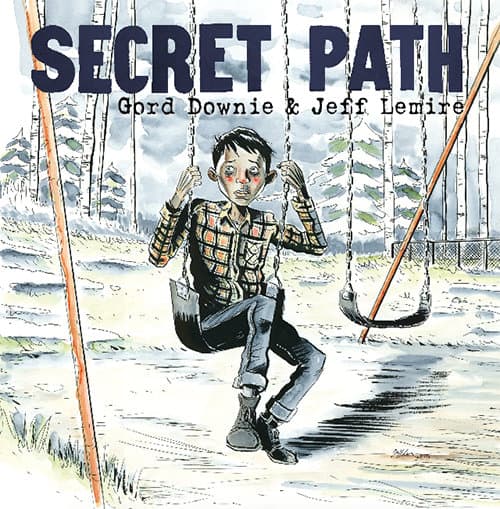 |
Secret Path
Book by Gord Downie and Jeff Lemire to highlight the story of Chanie Wenjack, a boy who attempted an escape from Residential School. Lesson for all grades. Please use with discretion at early years and note that the lessons outlined here only refer to one page in the book. We suggest this book to be studied in depth at later grades and with support from teachers. |
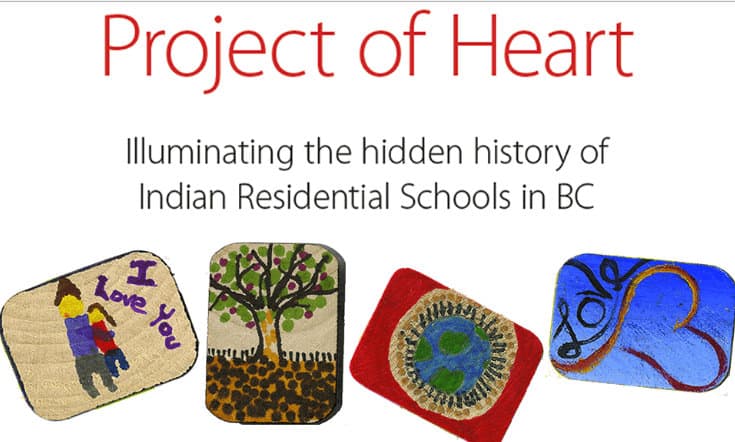 |
BCTF: Project of Heart:
This eBook is intended to be an interactive resource leading educators from the story to the ‘back story’ utilizing links on each page to offer related resources. Throughout this book you will find Project of Heart tiles with an ‘aura’ which indicates that this is a link. Click on each of these tiles to find additional resources including films, videos, documents, articles, activities and more. |
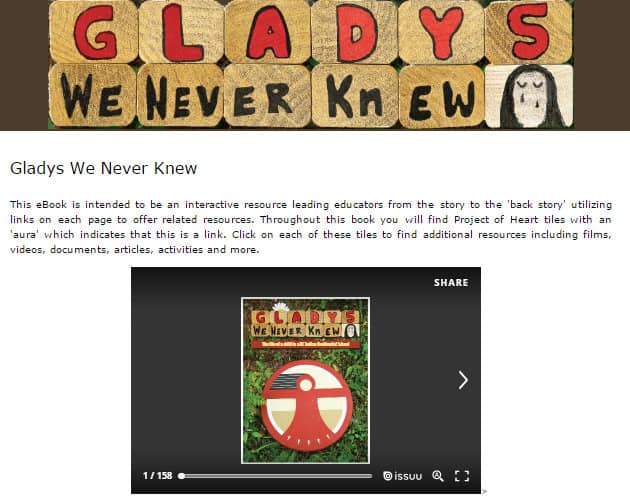 |
BCTF: Gladys We Never Knew:
The life of a child in an Indian residential school. (This book can also be found in every school library in SD71) This eBook is intended to be an interactive resource leading educators from the story to the ‘back story’ utilizing links on each page to offer related resources. Throughout this book you will find Project of Heart tiles with an ‘aura’ which indicates that this is a link. Click on each of these tiles to find additional resources including films, videos, documents, articles, activities and more. |
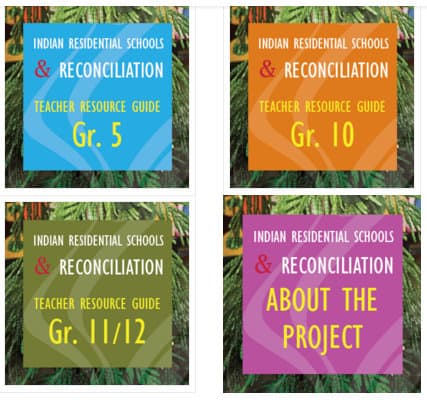 |
FNESC Indian Residential School Teacher Resource Guides
In every SD 71 Comox Valley elementary school library there is a kit titled Residential School with Grade 5 Teacher Guide with 6 supporting novels / picture books. In SD71 Comox Valley secondary schools, you can find the Grade 10, Grade 11/12 versions of these booklet. These teacher resource guides are very well done for teachers to directly use them in their classrooms to teach about residential schools. |
First Nation Child Family and Caring Society of Canada
- Click on the following link to find: 7 free ways to make a difference
7 free ways to make a difference
- I am a Witness
- Jordan’s Principles
- Shannen’s Dream
- Spirit Bear Plan
- Touchstone of Hope
- Child and Youth Engagement
- Many Hands, One Dream
Teaching Resources – What Next?
The resources found here can help teachers increase their knowledge about Residential school. As well find many good resources for our students and lessons to help guide your study.
Educators Honouring the Calls to Action Some examples of Reconciliation:
Project Heart is the story of an extraordinary school event in Courtenay, B.C. Teacher Susan Leslie leads a school-wide project and ceremony to honour Indian residential school survivors. Leslie organizes storytelling circles, art and inquiry projects, and encourages students to create ceremonial blankets. Verna Flanders shares her experiences as a survivor of St. Michael’s Residential School in Alert Bay, B.C. Project Heart culminates with a school-wide Blanketing Ceremony to honour Verna and four other survivors (Stan Frank, Valerie Frank, Melvin Price, and Dean Littlelight).
Project Heart-Honouring Residential School Survivors from Ed Carswell on Vimeo.

